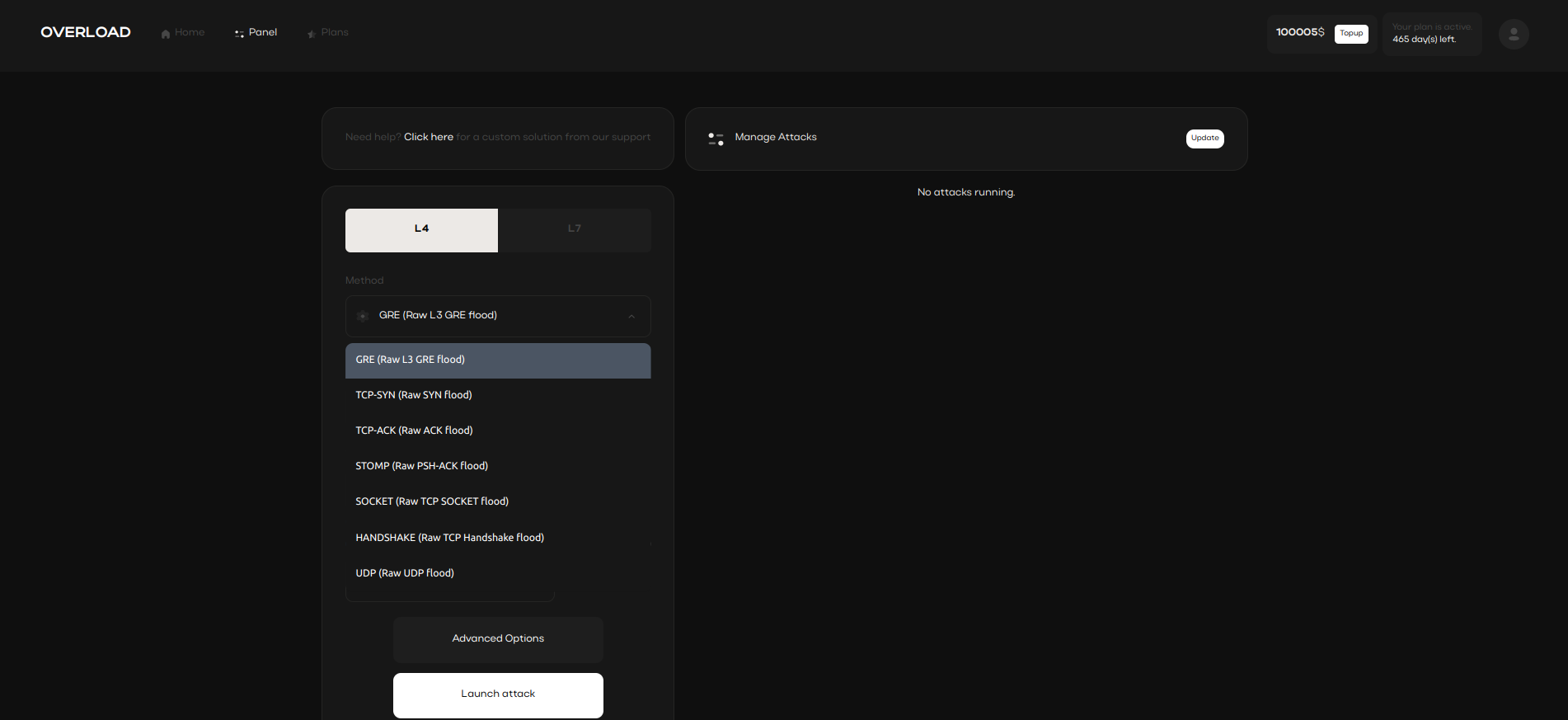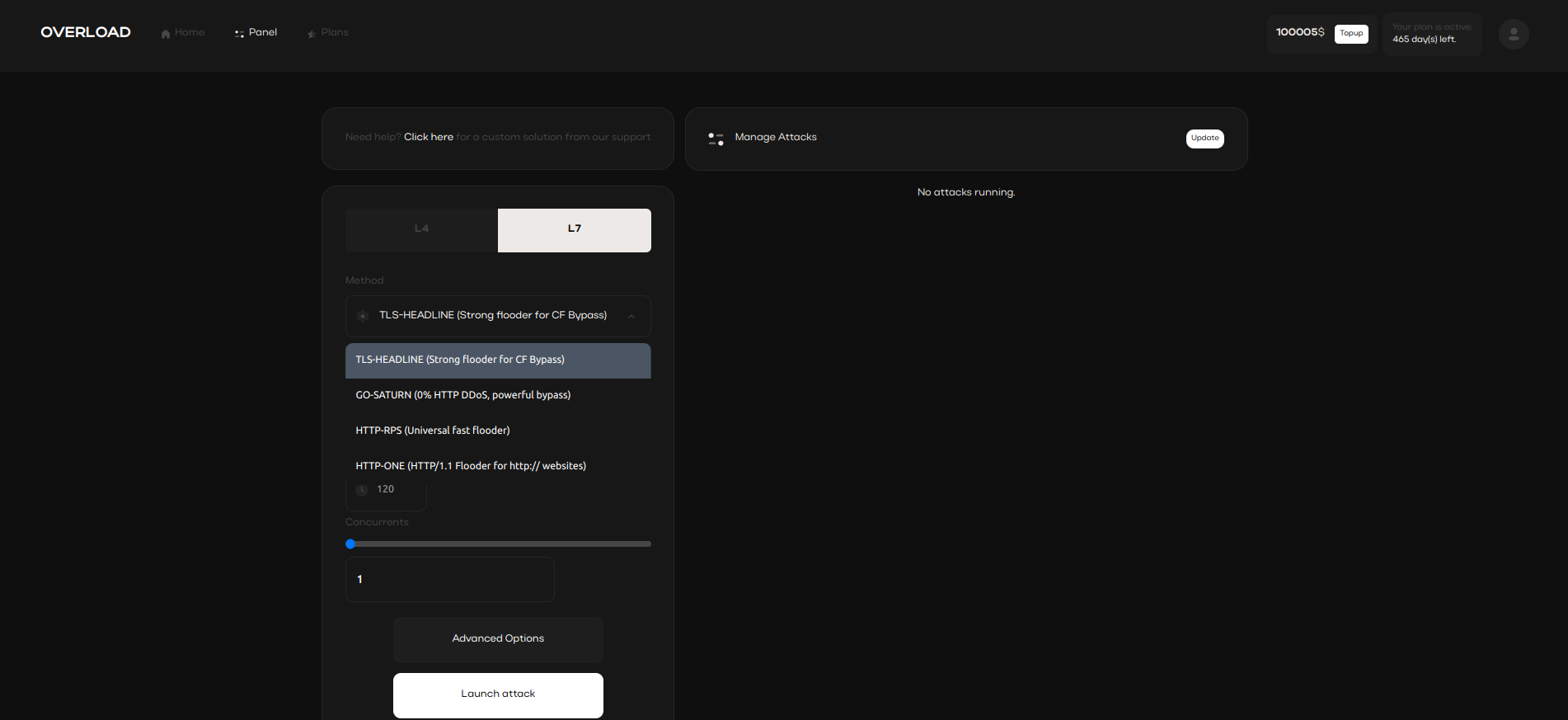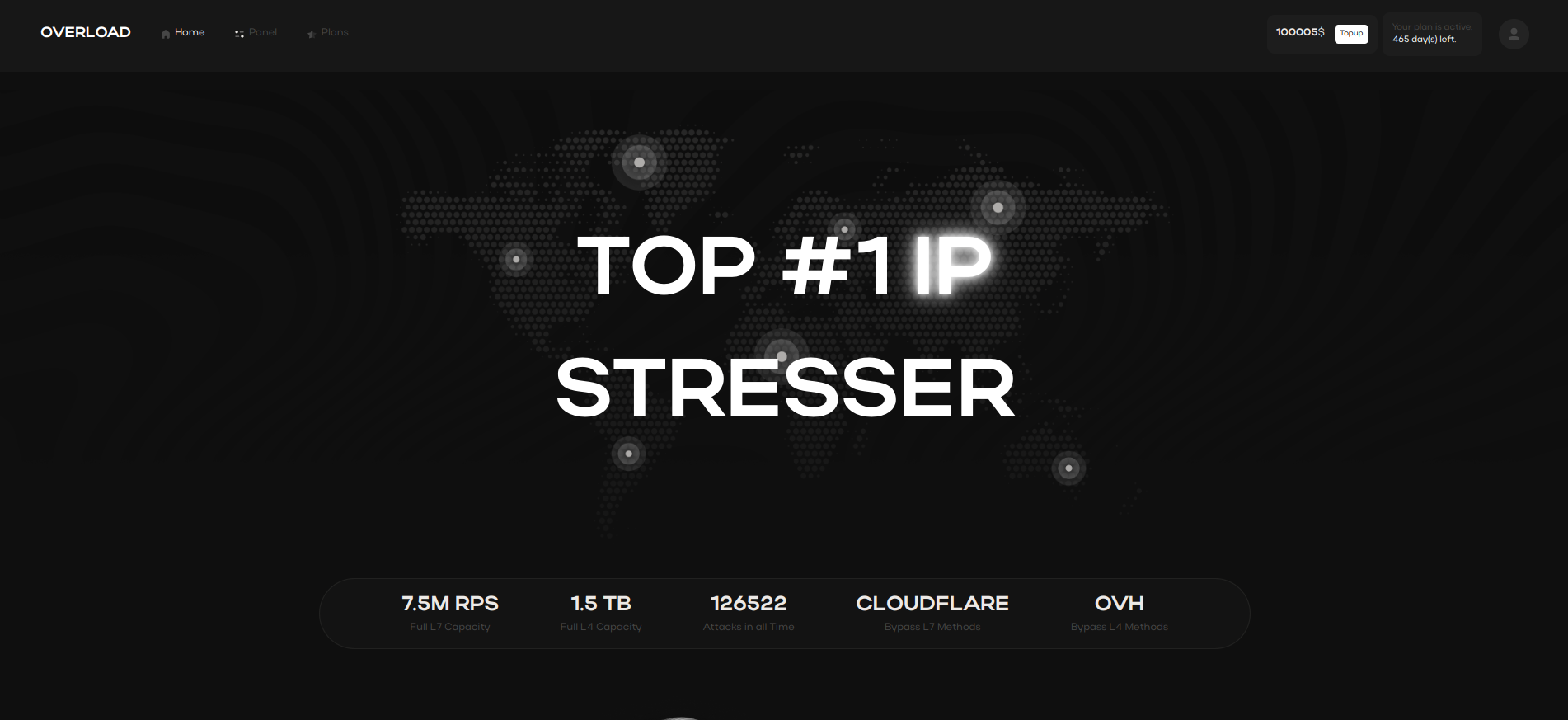Table of Contents
- Layer 7 Stress Testing
- The Role of IP Stressers
- IP Spoofing and Layer 4 Attacks
- Advanced Booter Panels
- Understanding DDoS Attacks
Layer 7 Stress Testing

Through simulated traffic loads, Layer 7 testing ensures system stability
and identifies areas for performance improvement.
The Role of IP Stressers

Through controlled stress tests, IP stressers provide insights into infrastructure resilience,
empowering businesses to enhance their network security.
IP Spoofing and Layer 4 Attacks

Stresser tools with IP spoofing capabilities obscure the attacker’s identity,
preventing detection and enabling secure, concealed testing. IP spoofing aids in masking attack origins,
adding a layer of anonymity during cyber evaluations.
Advanced Booter Panels

Booter tools provide seamless access to network testing,
offering user-friendly controls and comprehensive analysis reports.
Understanding DDoS Attacks

Modern DDoS attacks are evolving, making it essential to adopt cutting-edge protection.
Strategic defenses ensure uninterrupted operations in the face of cyber threats.
